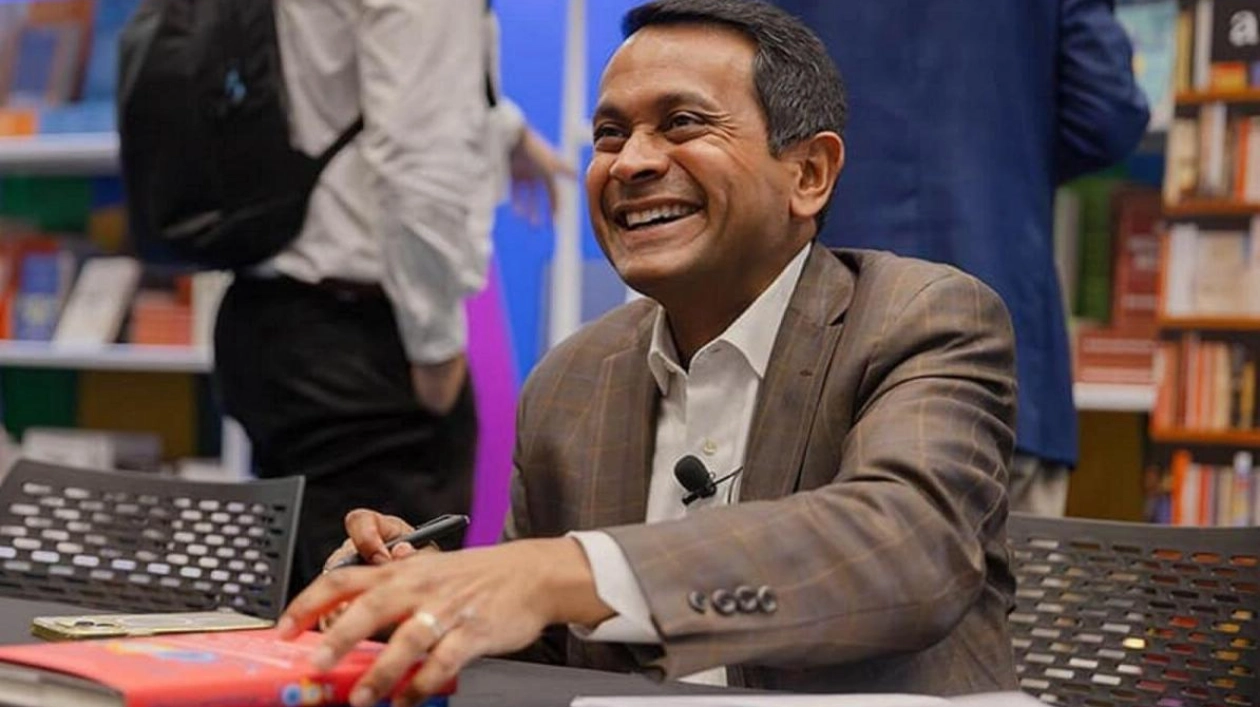Ravin Jesuthasan, the global leader of Mercer’s Transformation Services business, highlighted that generative AI, in conjunction with traditional technologies such as robotic process automation (RPA) and machine learning, has the potential to replace and enhance human tasks across a wide range of activities, particularly those involving data analysis, content creation, customer service, and certain aspects of software development.
While this integration can result in increased efficiency and allow employees to concentrate on more high-value tasks, it also poses a significant risk to employment, especially in white-collar roles. However, the demand for AI specialists, data scientists, and machine learning engineers is rapidly increasing as businesses seek professionals to develop, manage, and improve AI systems. Employers in the UAE are increasingly seeking candidates with robust digital skills, including proficiency in social media, navigating online tools and platforms, and working with generative AI and large language models, according to Jesuthasan.
Ultimately, the impact on the job market will hinge on how organizations and individuals adapt to these changes, emphasizing the necessity of upskilling and reskilling in a rapidly evolving digital environment. As employers increasingly value individuals with diverse skill sets who can adapt to changing industry demands, there will be a shift towards skills-driven employment, focusing on lifelong learning, continuous skill development, and equipping individuals with the tools needed to remain competitive in the labor market.
The UAE has established itself as a global leader in AI through its UAE Strategy for Artificial Intelligence, demonstrating the nation’s commitment to innovation and economic transformation. The country has implemented numerous government-supported training programs aimed at bridging skills gaps and preparing the workforce for AI integration, recognizing that achieving the full potential of generative AI requires thoughtful, human-centric work design.
“While we may see AI impacting jobs that involve routine tasks that are easier to automate, we are also likely to witness a transformation in the types of new roles the UAE is actively recruiting for, accompanied by a positive impact on productivity and creativity,” Jesuthasan noted. Generative AI is particularly effective in democratizing knowledge and creativity through augmentation, reducing the skill premiums traditionally required for various creative tasks aimed at achieving productivity gains or innovative problem-solving. It can be a valuable tool for boosting productivity in environments with higher risk tolerance, such as copywriting and call center operations, where it has shown significant value in enhancing productivity, especially for less experienced talent by lowering the “experience premium.”
“Business leaders must understand when to rely on and when not to rely on generative AI, and the specific role it should play in either substituting, augmenting, or transforming human work. Key steps businesses should take now include establishing a work model that incorporates AI and developing future skills with AI in mind. Companies need to upskill and reskill their workforce to adapt to AI advancements and adjust roles and skills to facilitate greater human-AI collaboration,” Jesuthasan advised.
Moreover, companies should foster a cultural shift towards embracing a mindset of perpetual reinvention to fully leverage AI’s democratization of knowledge and creativity. Leaders must understand the cost of all their resources, whether human or machine, Jesuthasan emphasized. This involves capturing the cost of all work options, such as employees, gig workers, outsourced labor, process automation, and AI, on a comparable basis through a measure like the total cost of work (TCoW).
TCoW is defined as the total labor cost (including full-time employees, free agents, gig workers) + vendor cost (outsourcing cost, AI and robotics vendor cost) + annualized capital charge for relevant capitalized investments (company-developed AI or robotics, equity stakes in third-party work options). “It is crucial to put all work options on a comparable basis so that the analysis is not distorted by differences in accounting treatment. One should multiply the company’s cost of capital by the total capital investment in work options like AI/robotics and alliances to capture the annualized charge for using these options,” Jesuthasan explained.
Source link: https://www.khaleejtimes.com






